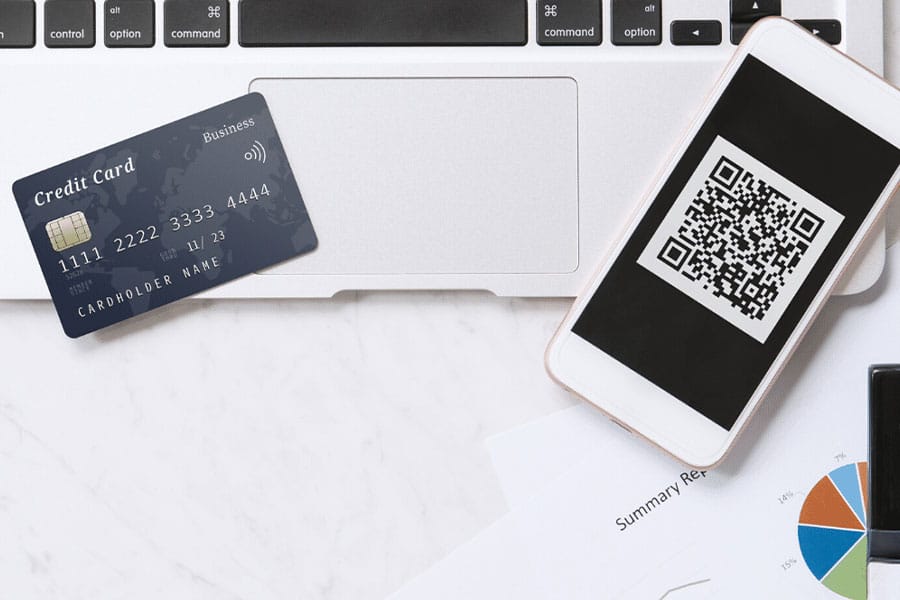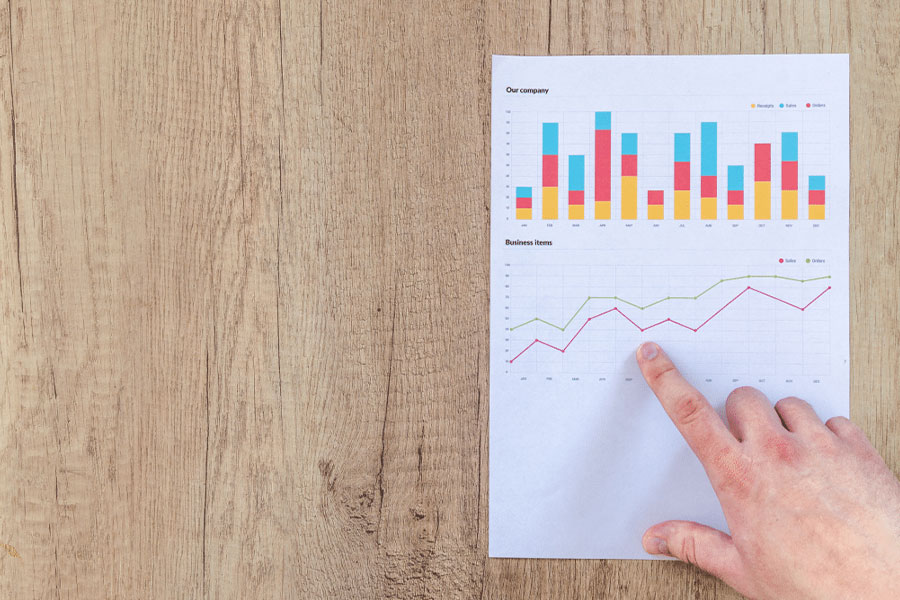
Most Australians are familiar with online shopping – whether it is purchasing concert tickets or ordering a book or phone charger online. A 2019 Roy Morgan publication shows that 1 in 10 Australians are now buying home products online. Ibis World’s Online Shopping Industry Report predicts industry revenue to grow at 15.4% per year from 2015 to 2020. If we factor in the recent unforeseen events of COVID-19 – online shopping has fundamentally been transformed by our societal and behavioral changes. All these changes point to greater dependency on technology for the long haul and greater emphasis on online payments.
What are online payments
Online payments are a simple concept – the exchange of money from a customer to a business via the internet. However, when you add payment processing infrastructure, payment gateways and hosted payment solutions, things get a little more complicated.
First things first, for a business to take online payments, you need a payment gateway. Think of a payment gateway as a software that helps facilitate the processing of the online payment. A popular example is PayPal; Google Checkout and Apple Pay are also payment gateways. Payment gateways validate a customer’s payment details like credit cards and store it on a secure server. It then sends the details safely via encryption to the bank for approval. Once approved, the payment gateway can send the money back to the business and the business can then release the purchased goods/service to the paying customer.
Xero’s preferred suppliers
Xero’s most trusted suppliers are PayPal, Stripe and GoCardless. Xero has invested heavily in integrations with payment platforms. It has taken the initiative of integrating these payment platforms with their invoice financing. This integration means that a customer can pay immediately online or set up card and debit payments for recurring invoices such as an ongoing subscription. Using Xero’s most trusted suppliers’, businesses gain the integration advantage with Xero. This makes it easier for customers to pay their invoices and therefore results in prompt payment and better cash flow. This takes the stress out of chasing invoice payments and the dreaded credit control function can be dramatically improved. You can set up PayPal, Stripe and GoCardless accounts directly within Xero and they can be easily integrated and customised for your invoices.
For more information on Pay Pal, Stripe and GoCardless visit Xero’s website here.
Automation capability
It’s worth considering what automation functions are provided by payment platforms. For example, the Stripe-Xero partnership updates transactions daily. This not only takes away the manual allocation task of matching payments to invoices, it means invoices are are always up to date and customer files are always accurate. There’s nothing worse than sending out a reminder payment or overdue notice when the customer has indeed paid but the bank reconciliation hasn’t been updated.
Cost
Most of the online payment platforms will charge a percentage of the sales. These will vary depending on the type of payment, direct debit, VISA, Mastercard, AMEX etc. along with a flat fee – averaging around $0.25 to $0.40 mark per transaction. Most providers will also offer a volume-based discount or pricing plan. There may also be upfront costs and ongoing costs in the form of a monthly fee. Often businesses will choose to pass on these fees to customers. For more information on Card Payment regulation, visit Reserve Bank of Australia’s Q&A. Most recently, due to COVID-19 contactless payments have increased and thus increasing the cost to businesses in their payment fees. This has led to the RBA urging banks to reduce tap and go fees.
Options in the market
There are endless options of online payment platforms. Things to consider include your customer preferences, making sure it is secure and how it fits in with your current accounting software. PayPal is the first mainstream payment platform and has the largest market share according to a 2019 IBIS report. Square Inc and First Data Corporation are the next largest with other players representing around 25% of the market. These include Authorize.net, Venmo, Braintree, Payoneer, eWAY, Worldpay, DPS Payment Express (Now called Windcave), Custom payment platform, Google Pay and Apple Pay.
It’s important to note that online payments do not just equate to online purchases. Even behaviour that relates to face to face purchases in stores is changing with the adoption of QR based and smartphone payments trending. Compounded by the impacts of COVID-19, consumers are preferring to make contactless purchases, ditching cash and utilizing E-wallets and contactless cards. It’s essential for all businesses to know the online payment options and choose the best platform to suit their needs.
If you have any questions regarding this article, our friendly team is happy to help. The Trendsight team has a wealth of experience in bookkeeping, reporting, forecasting and business consulting. Book a free discovery call to learn more.
View all articles



